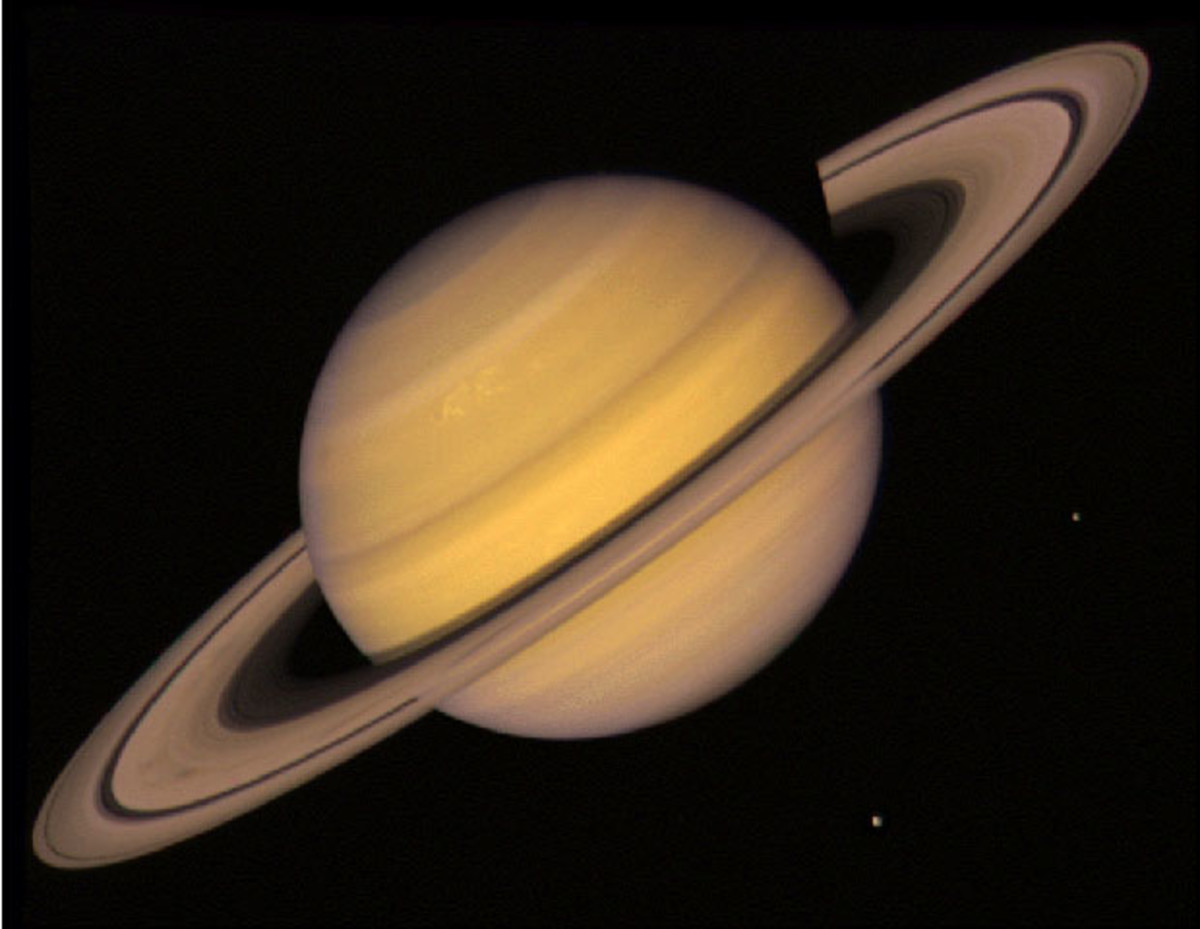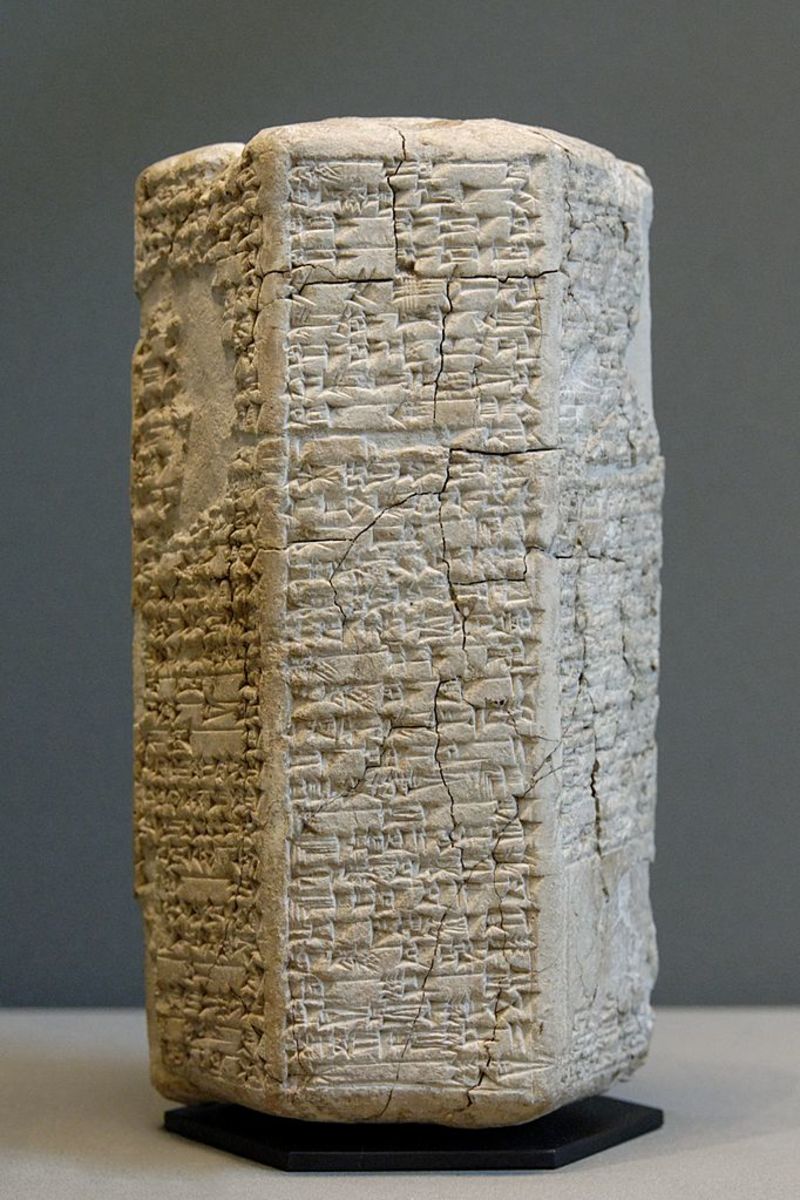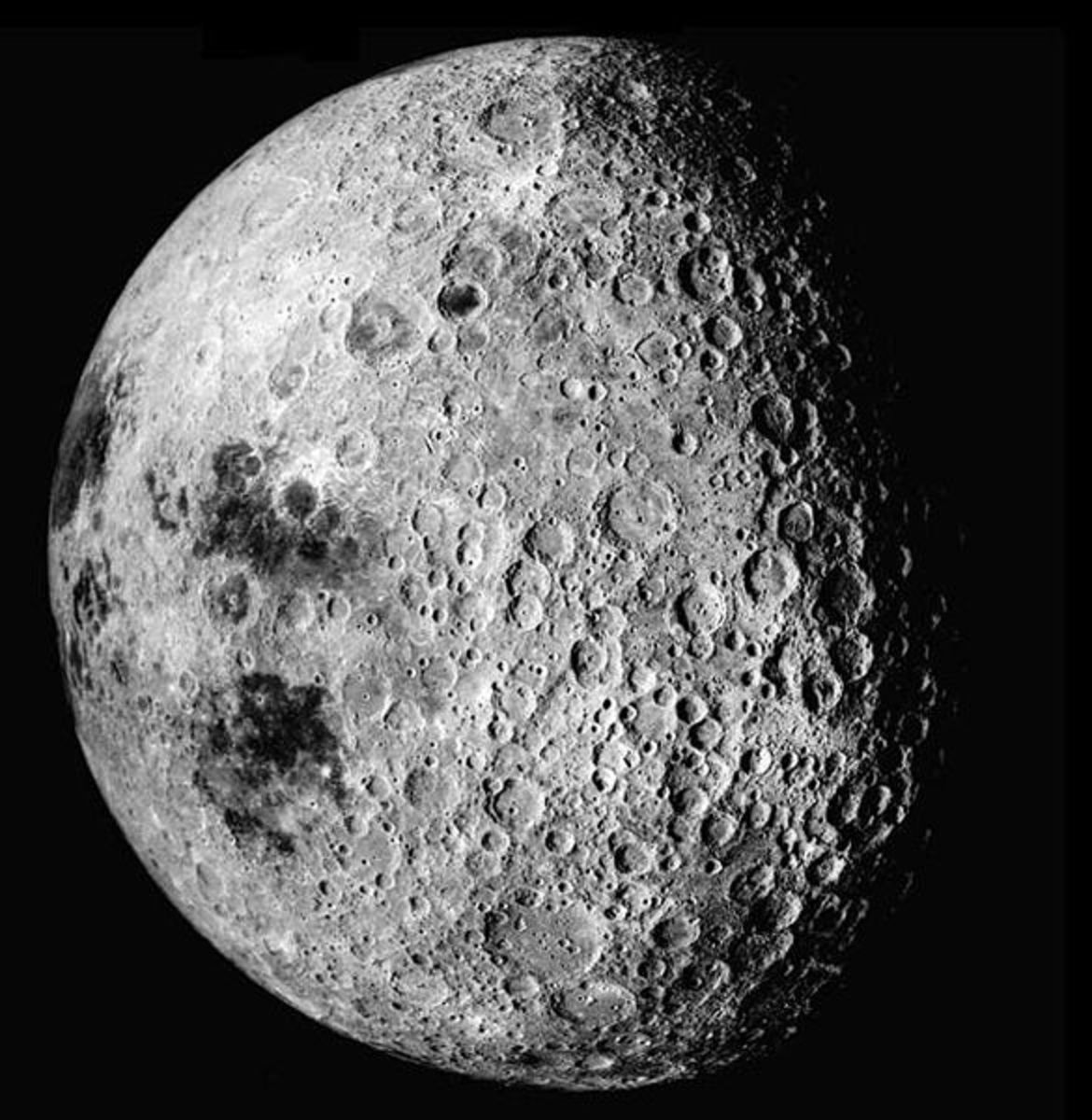Learning about the planets in space
Le Verrier was not the only person to predict the position of Neptune. In England, John Couch Adams had made a similar prediction the year before, in 1845. He sent his results to the Astronomer Royal, George Biddell Airy, who for some time took no action. Only when Airy heard of Le Verrier's calculations did he order a search, which was undertaken at Cambridge by Professor James Challis.
One night in 1846, Challis saw an object that he thought might be the planet, but decided to wait until the following night to check it further. The next evening he delayed his arrival at the observatory to drink tea after dinner with a colleague, and by the time the two men reached the observatory, the sky had clouded over. By the time the weather cleared, it was too late; Neptune had already been discovered by Galle at Berlin. So Challis was denied a credit in the discovery of Neptune - by a cup of tea.
The combination and spin in orbit can create bizarre calendars on some bodies in the solar system. Jupiter, for instance, spins through a 'day' in about ten hours and takes almost 12 Earth years to complete its orbit round the Sun. So a Jupiter 'year' is almost 10,400 Jupiter 'days' long. Our own Moon is even odder.
It spins on its own axis in exactly the same time-just under 28 days-as it takes to get round the Earth. Which is why we only ever see one side of it. If the Moon were a planet and the Earth its sun, the result would be that though the Moon's 'year' would be only about 28 Earth days long, its 'day' would last for ever. The slow spin and fast orbit of Mercury, the planet closest to the Sun, have a similar reversing effect on its calendar. To an astronaut on Mercury's surface, a 'year' would last for a mere 88 Earth days. But a 'day' would last twice as long.
An astronaut unlucky enough to crash-land on Venus would be simultaneously suffocated, crushed and roasted by the lethal atmosphere. The planet's atmosphere consists mostly of suffocating carbon dioxide. The gas bears down with a crushing pressure 90 times that of the Earth's atmosphere, and it traps heat like a very efficient greenhouse, raising the surface temperature to an oven-hot 475°C. What little was left of the body would be eaten away by acid in the air. The acid - far more corrosive than the acid in a car battery - comes from clouds of sulphuric acid which surround Venus.
In 1929 a major photographic search for new planets began at Lowell Observatory in Arizona, USA.As a result of the search, the ninth planet, Pluto, was discovered by the US astronomer Clyde Tombaugh on February 18, 1930. Pluto turned out to be much smaller than expected, and to have a wayward orbit that sometimes brings it closer to the Sun than Neptune - as happens between January 1979 and March 1999.
For that period. therefore, Neptune is the outermost planet ofthe solar system. Curiously, Pluto was found only 6 degrees from the position calculated for it by the US astronomer Percival Lowell in 1915. Lowell's calculations were based on perturbations in the motion of Uranus, but it turned out that Pluto was far too small to have produced them. There are still irregularities in the motions of the outer planets which are not fully accounted for, but which cannot be the result of Pluto's gravitational pull.
What they may be due to is a combination of slight inaccuracies in man's knowledge of the orbits of the outer planets, plus the gravitational effect of a belt of comets that some astronomers believe may exist at the edge of the solar system.








